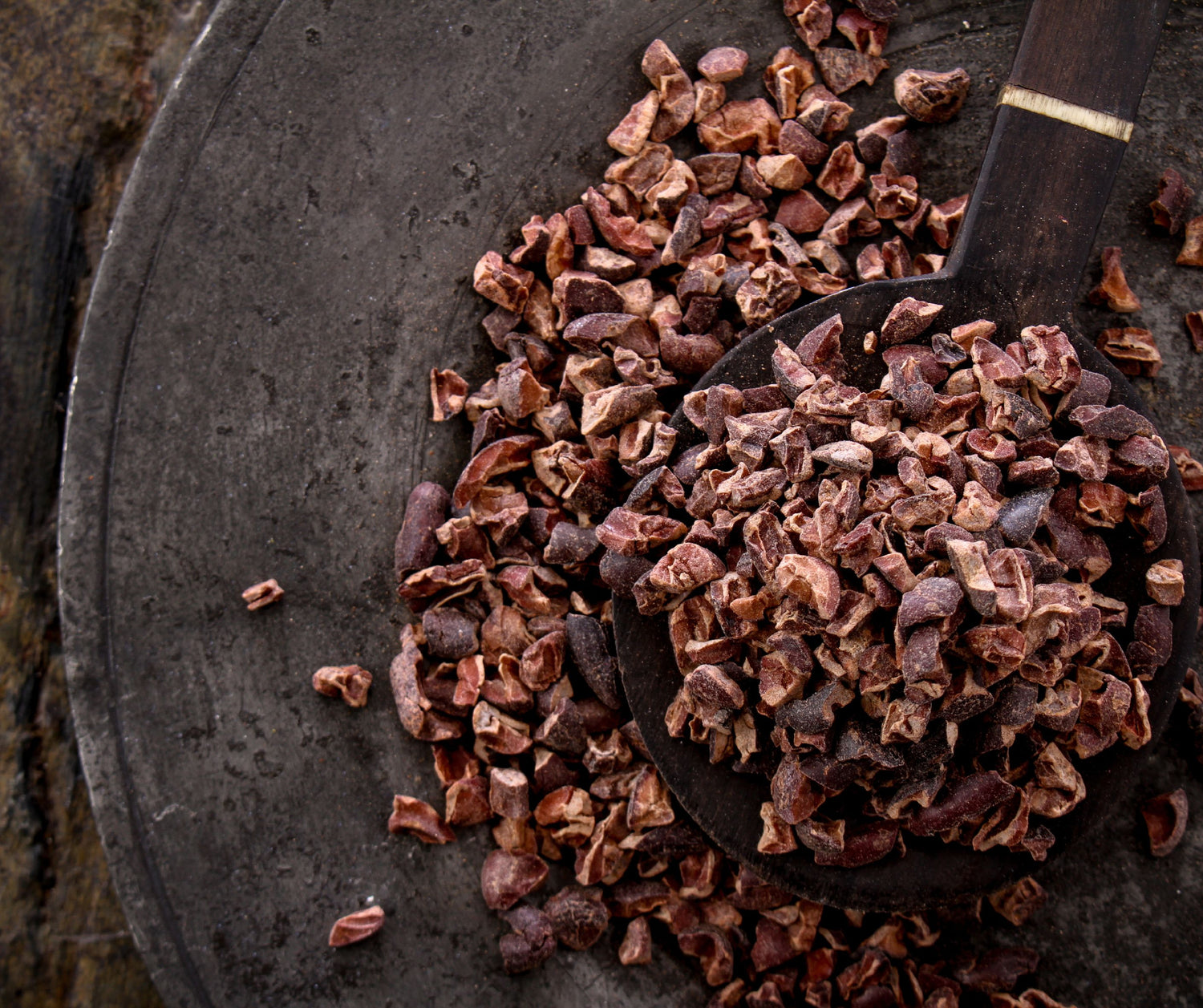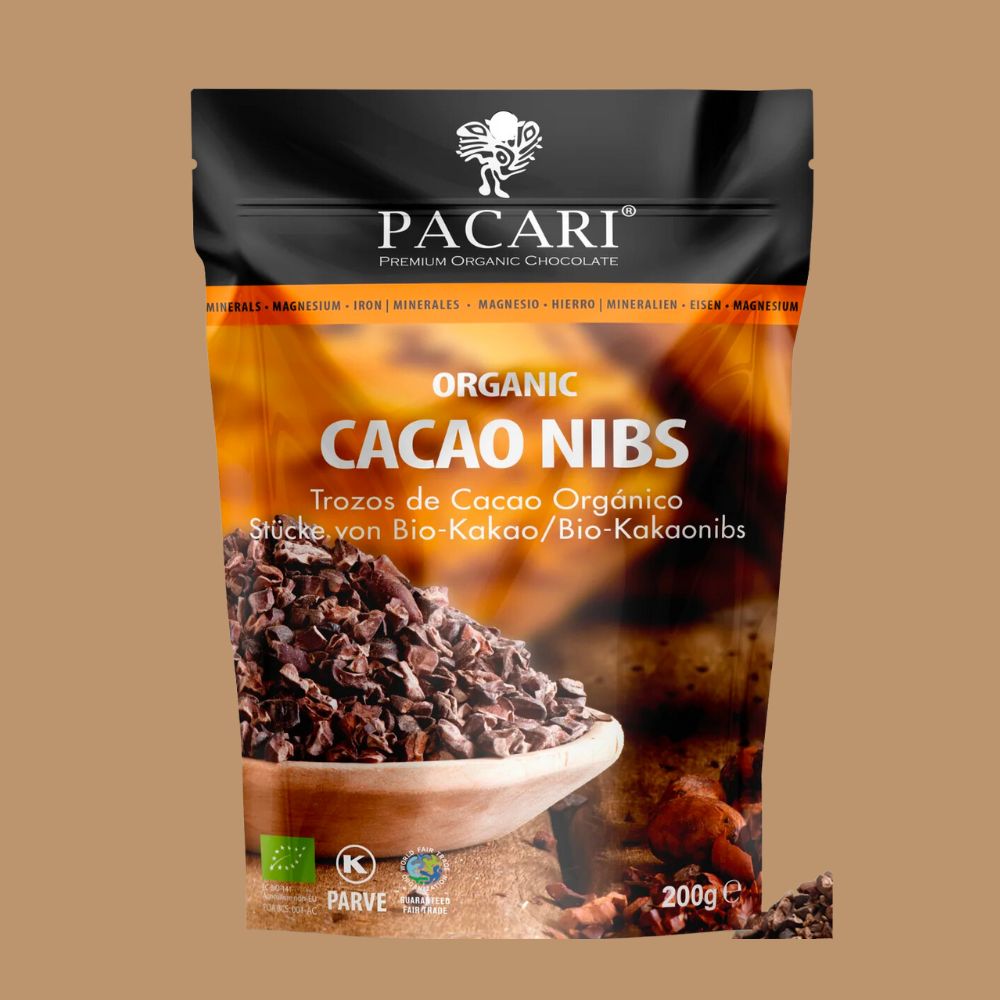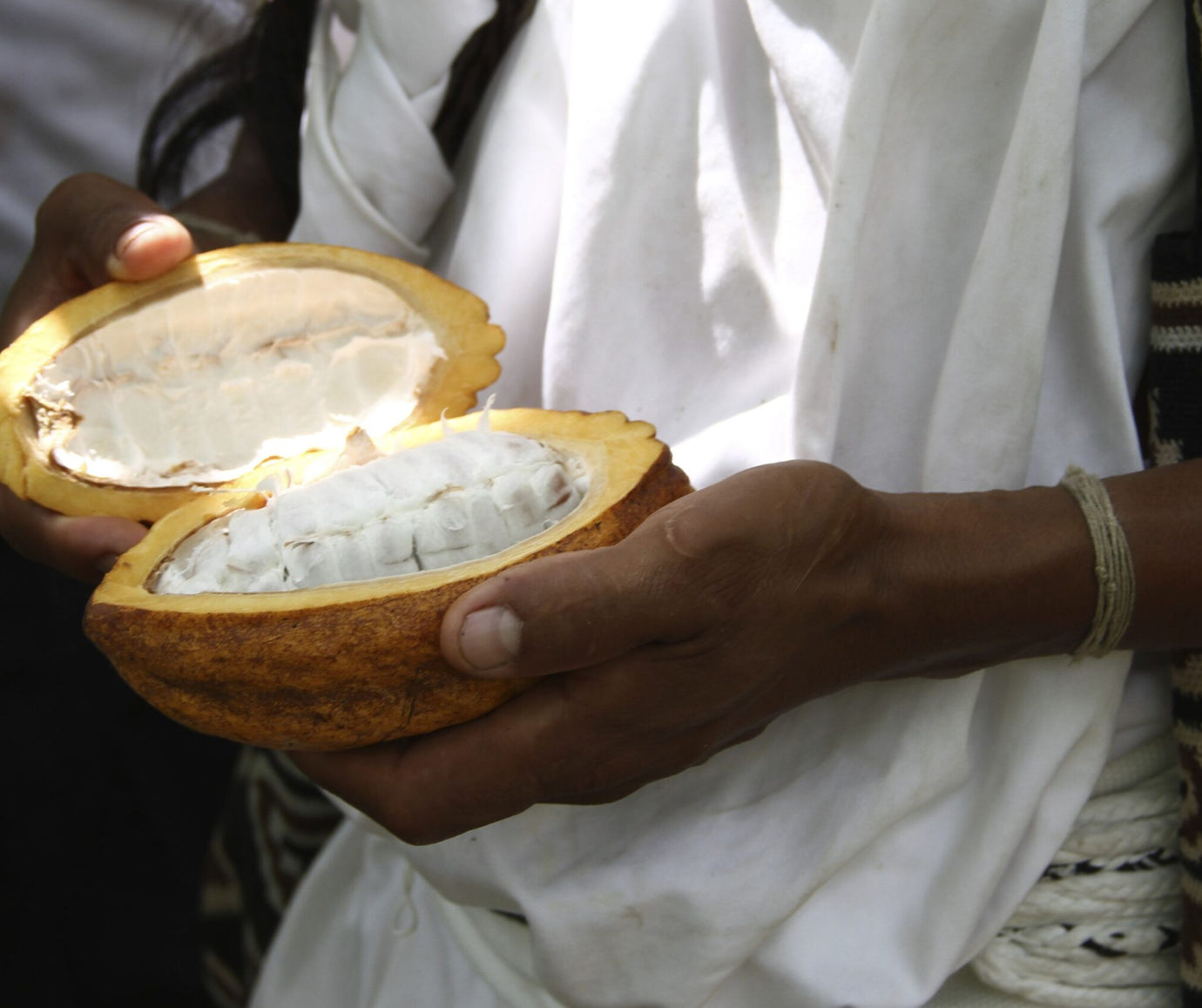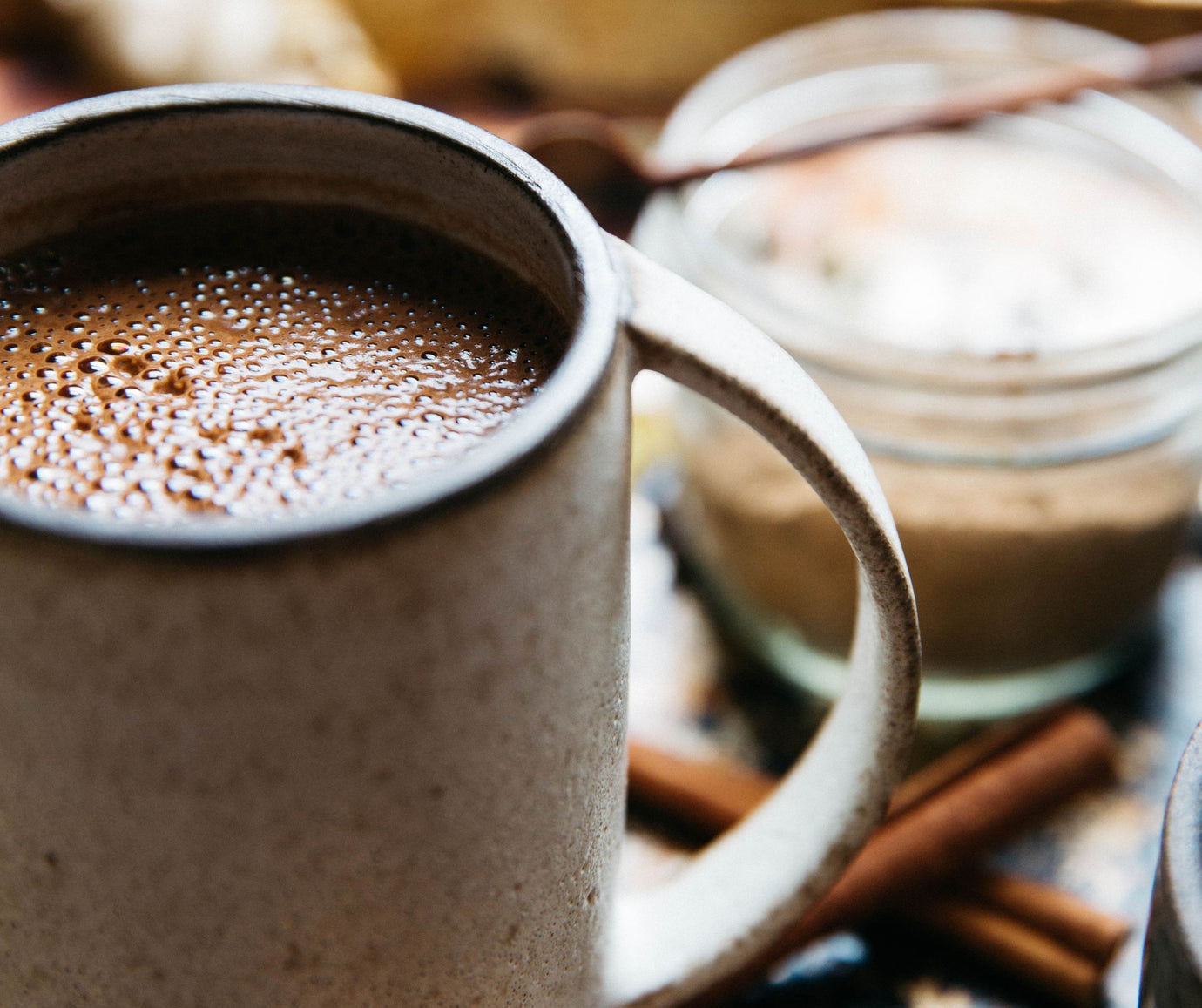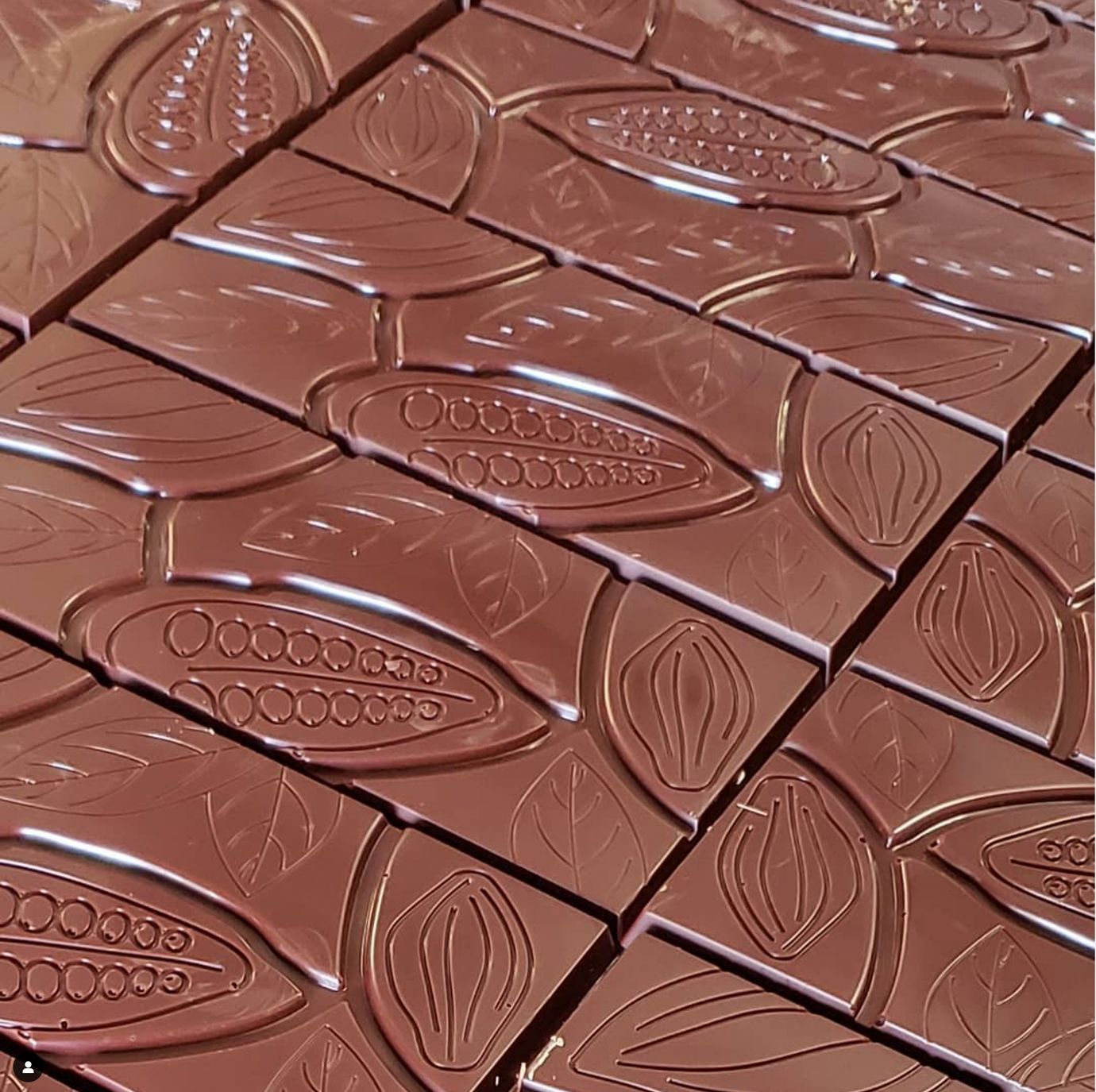Abundant in antioxidants, cacao nibs play a vital role in protecting your cells against the harmful effects of free radicals.
When free radicals outnumber antioxidants, oxidative stress occurs, potentially leading to various chronic conditions like heart disease, cancer, cognitive decline, and diabetes.
Cacao nibs are particularly rich in antioxidants, notably flavonoids such as epicatechin, catechin, and procyanidins. Cocoa and chocolate products, in fact, have the highest flavonoid content per weight compared to any other food.
Flavonoids offer numerous health benefits, with studies indicating that diets rich in these compounds are associated with lower risks of heart disease, certain cancers, and cognitive decline.
Thanks to their substantial flavonoid content, integrating cacao nibs and other cocoa products into your diet can significantly enhance your antioxidant intake, promoting overall health and well-being.
Numerous health benefits associated with cacao nibs stem from their potent combination of nutrients and antioxidants.
Anti-inflammatory Properties: Cacao nibs possess strong anti-inflammatory properties, crucial for combating chronic inflammation—a precursor to various health conditions like heart disease and diabetes. Rich in antioxidants, such as cocoa polyphenols, they effectively mitigate inflammatory processes, as evidenced by both laboratory and animal studies.
Immune Health Support: The anti-inflammatory and antioxidant prowess of cacao nibs contributes to bolstering immune health. Research suggests that cocoa flavonoids aid in reducing inflammation and enhancing the function of gut-associated lymphoid tissue (GALT), a vital component of the immune system. Animal studies hint at cocoa's potential in mitigating food allergies by fortifying immune responses.
Blood Sugar Regulation: Cacao consumption may benefit individuals grappling with blood sugar control issues. Human studies reveal that cocoa can help regulate blood sugar levels and improve insulin sensitivity. Notably, regular consumption of high-polyphenol dark chocolate has been associated with reductions in fasting blood sugar levels and long-term blood sugar control markers.
Heart Health Enhancement: The polyphenols found in cocoa, including catechins and anthocyanins, contribute to improving heart health in various ways. Cocoa intake has been linked to reduced blood pressure, improved blood vessel function, and favorable changes in cholesterol levels. Population studies further underscore cocoa's role in reducing the risk of heart failure, coronary artery disease, and stroke.
Anticancer Effects: Cacao nibs' high concentration of antioxidants may harbor anticancer properties. These antioxidants aid in reducing inflammation, impeding the spread of cancer cells, and inducing cell death in certain cancers. Studies demonstrate cocoa's potential in inhibiting the progression of colon, lung, and prostate cancers, while population studies suggest a lower risk of ovarian and lung cancers with increased flavonoid intake.
Thus, incorporating cacao nibs and other cocoa products into your diet may offer a plethora of health benefits, ranging from anti-inflammatory effects to protection against diabetes, heart disease, and certain cancers.
While cacao nibs are generally safe for consumption (and we put a lot of effort to choose only the best organic cacao nibs out there), it's essential to be mindful of potential side effects.
Cocoa beans contain stimulants like caffeine and theobromine, which offer health benefits but can lead to adverse reactions if consumed excessively. Overindulging in cacao nibs may result in side effects associated with heightened caffeine intake, such as anxiety, jitteriness, and sleep disturbances. However, consuming cacao nibs in moderation is unlikely to cause such issues.
It's worth noting that individuals more sensitive to stimulants, such as children and pregnant or breastfeeding women, should exercise caution when consuming cacao nibs.
Moreover, there's some concern regarding the ingestion of cocoa products during late-stage pregnancy due to the potential constriction of a fetal blood vessel known as the ductus arteriosus by cocoa antioxidants. Pregnant women are advised to consult their healthcare provider before incorporating cacao nibs into their diet.
Lastly, individuals allergic or sensitive to chocolate or dietary nickel should avoid cacao nibs altogether.
While cacao nibs offer numerous health benefits, it's essential to consume them in moderation and consider potential sensitivities or contraindications, particularly during pregnancy or in cases of known allergies. Consulting a healthcare provider is advisable when in doubt.
In conclusion, cacao nibs stand out as a remarkably nutritious chocolate product crafted from crushed cocoa beans.
Their abundant antioxidant content works to alleviate oxidative stress and inflammation, offering potential benefits for heart health and diabetes prevention, among others.
By integrating cacao nibs into your diet, you can enhance your overall well-being while indulging in the satisfaction of chocolate cravings.
A Few Words About Quality
